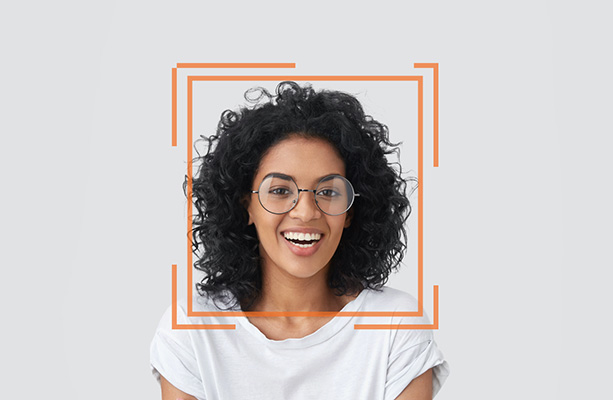Face Detection
Automatically detect faces in images
A face detection model can be trained to locate human faces within an image. Any faces detected can also be analysed to attempt to determine their approximate age. The following demonstration uses Microsoft's Azure Computer Vision service and Amazon's Rekognition service to detect and analyze human faces within an image. Tools from some providers also attempt to determine attributes such as age and gender. Doing this from an image poses many ethical questions, and Microsoft have announced that they will be removing this function in the near future. We are providing this demo, which shows age, to help you understand what service providers are attempting to do with AI.
Instructions
- Select a sample image below, upload one of your own or take a picture using your webcam.
- Once the image has been analysed the results will be shown below. Any faces detected will be outlined with a box, and their estimated age will be displayed.
More information about this demo
This demonstration uses Microsoft's Azure Computer Vision service and Amazon's Rekognition service to detect and analyze human faces in an image. In addition to estimating the age of any faces detected, the models are also capable of analysing facial attributes, such as whether the person appears to be expressing happiness or sadness, or whether the person has facial hair or glasses.
We have chosen to show the values returned for age range to highlight the kinds of data returned by these services, though the services we are using are capable of returning a range of attributes.
All images analysed using this demo are stored for 24 hours and then automatically deleted using Microsoft's Azure data lifecycle management.
Things to consider
Artificial Intelligence: Don't stare...
Artificial Intelligence has learned to process human faces much faster than we have learned to cope with it. Widely available technology can – with varying degrees of accuracy – pick out a face from a crowded background; put a name (or other attributes) to a face; or tell whether someone is happy or sad. That can be hugely valuable support for individuals who find those things hard to do for themselves. But it can also trigger intense negative reactions, from the wearing of hoodies to complete legal bans. Our faces are one of the most sensitive aspects of our humanity.
So before you ask an AI to process faces, think very carefully: what are we trying to achieve? Can we do that another way? Why don't we do that instead? And, if you nonetheless decide to go ahead, think: can we ensure everyone supports this? What is the risk when (not if) the results come out wrong or discriminatory? And, perhaps most telling: Are we setting an example we want our staff and students to follow? All the technology is available for them to apply to pictures and videos of us, too...
More information on face detection
